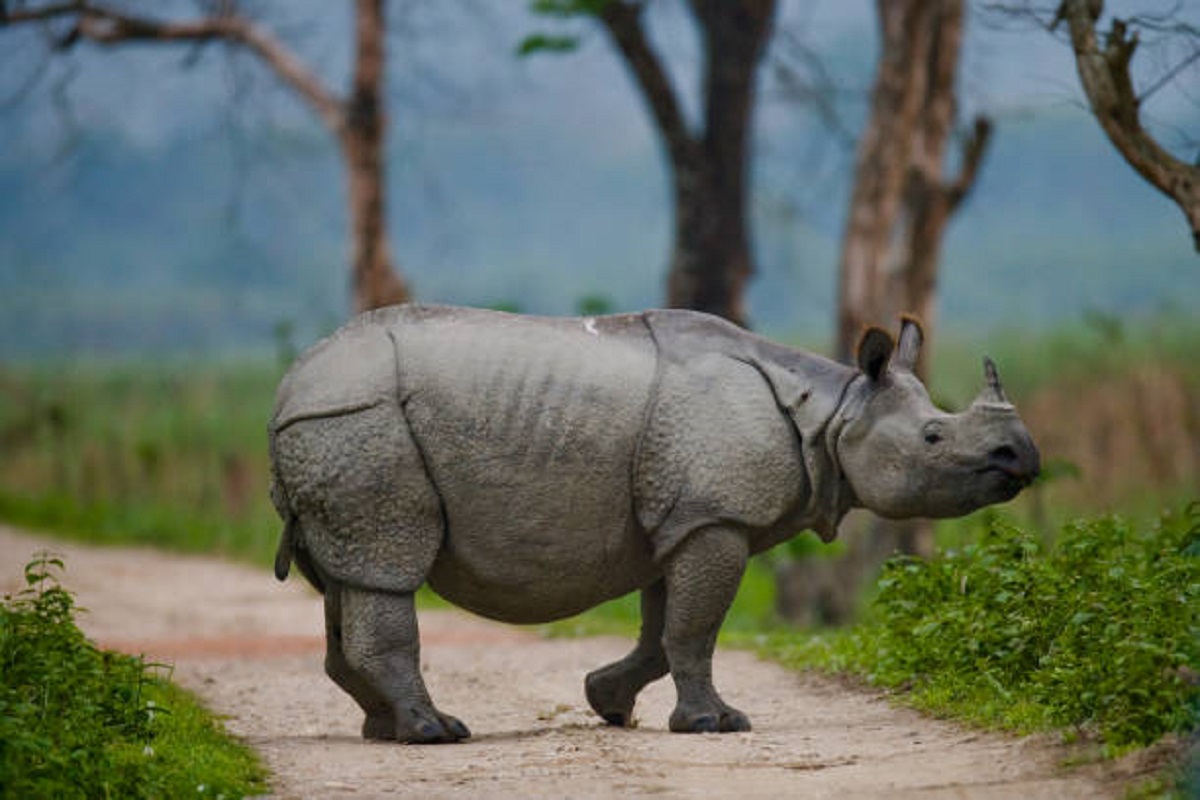Floods in Assam have once again highlighted the delicate balance between natural disasters and wildlife conservation. Kaziranga National Park, a Unesco World Heritage Site, is facing severe challenges as floods have devastated its landscape, claiming the lives of numerous animals, including nine rare one-horned rhinos.
This tragedy underscores the urgent need for a robust and adaptive conservation strategy to safeguard these iconic creatures and their habitat. Kaziranga National Park is renowned for its successful conservation efforts, particularly for the greater one-horned rhinoceros. Home to nearly half the global population of these majestic animals, Kaziranga plays a critical role in their survival. However, the park’s unique location in the flood plains of the Brahmaputra River makes it highly susceptible to annual flooding.
Advertisement
These floods, while natural and even beneficial in some contexts by maintaining the grasslands that support the rhinos, also pose significant risks during extreme weather events. The recent floods have not only led to the drowning of animals but also forced many to move to higher ground, often into human-dominated areas. This migration increases the risk of human-wildlife conflict, further endangering both the animals and local communities. The movement of wildlife through populated areas highlights the need for well-planned wildlife corridors that can provide safe havens during such natural calamities.
In response to these challenges, organisations like the International Fund for Animal Welfare (IFAW) and the Wildlife Trust of India (WTI) have been proactive. Their collaborative efforts with the Assam Forest Department have led to the creation of the Centre for Wildlife Rehabilitation and Conservation (CWRC). This centre plays a crucial role in rescuing and rehabilitating animals affected by floods, particularly rhino calves separated from their mothers. The dedication of the CWRC team in caring for and eventually releasing these animals back into the wild is commendable and essential for maintaining the population of these endangered species.
Furthermore, dynamic connectivity plans and season-specific maps can aid in identifying critical areas for wildlife movement during extreme weather events. Such measures, combined with the involvement of local communities in conservation efforts, can mitigate the impact of floods on wildlife. By integrating flood mapping with wildlife monitoring, we can better prepare for and respond to these natural disasters, ensuring the safety and continuity of Kaziranga’s biodiversity.
The plight of the one-horned rhino in Kaziranga is a poignant reminder of the broader challenges facing wildlife conservation in the face of climate change. Increased flooding intensity and frequency threaten not only the rhinos but also the entire ecosystem that supports a diverse array of species. Therefore, it is imperative to enhance conservation strategies, focusing on habitat restoration, community involvement, and adaptive management to protect these vulnerable animals and their habitats. By strengthening our efforts and embracing innovative solutions, we can hope to secure a safer future for Kaziranga’s rhinos and the myriad other species that call this unique landscape home.









